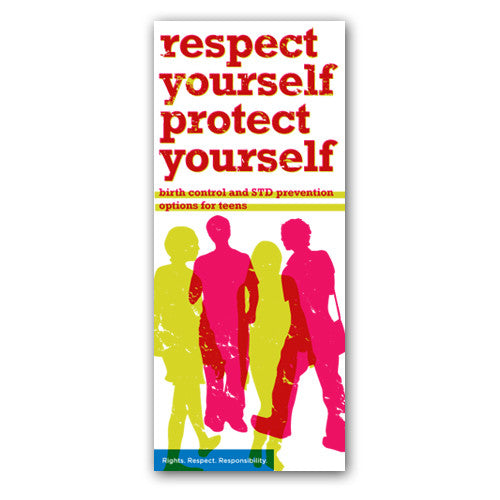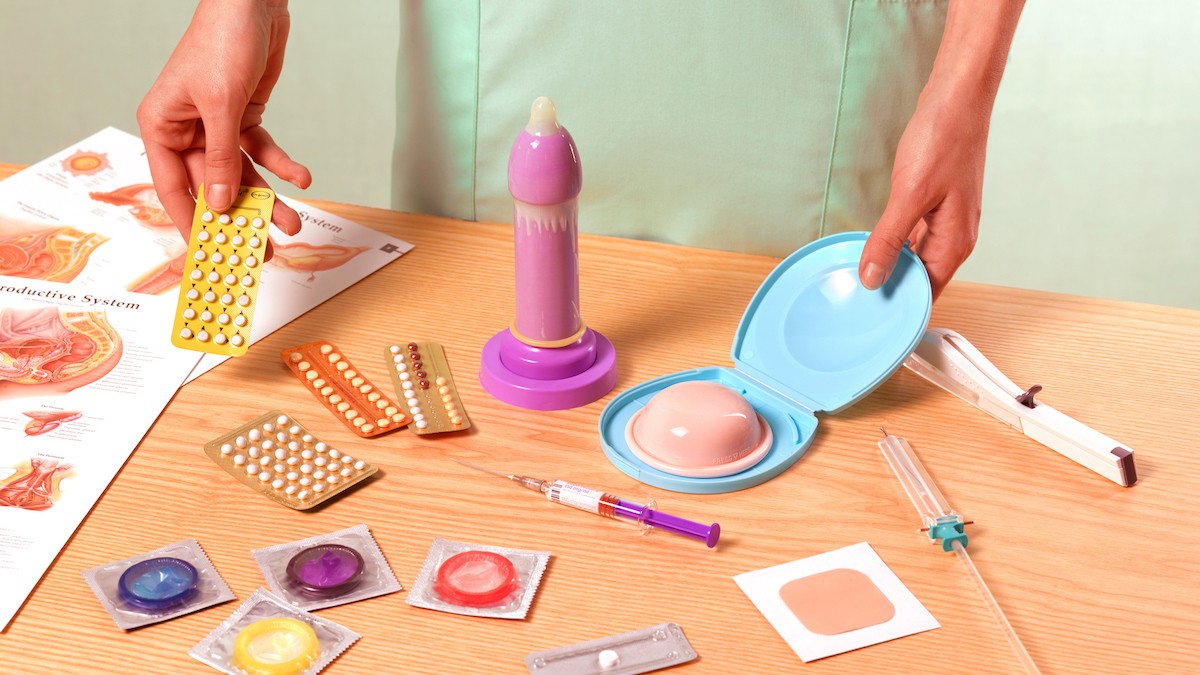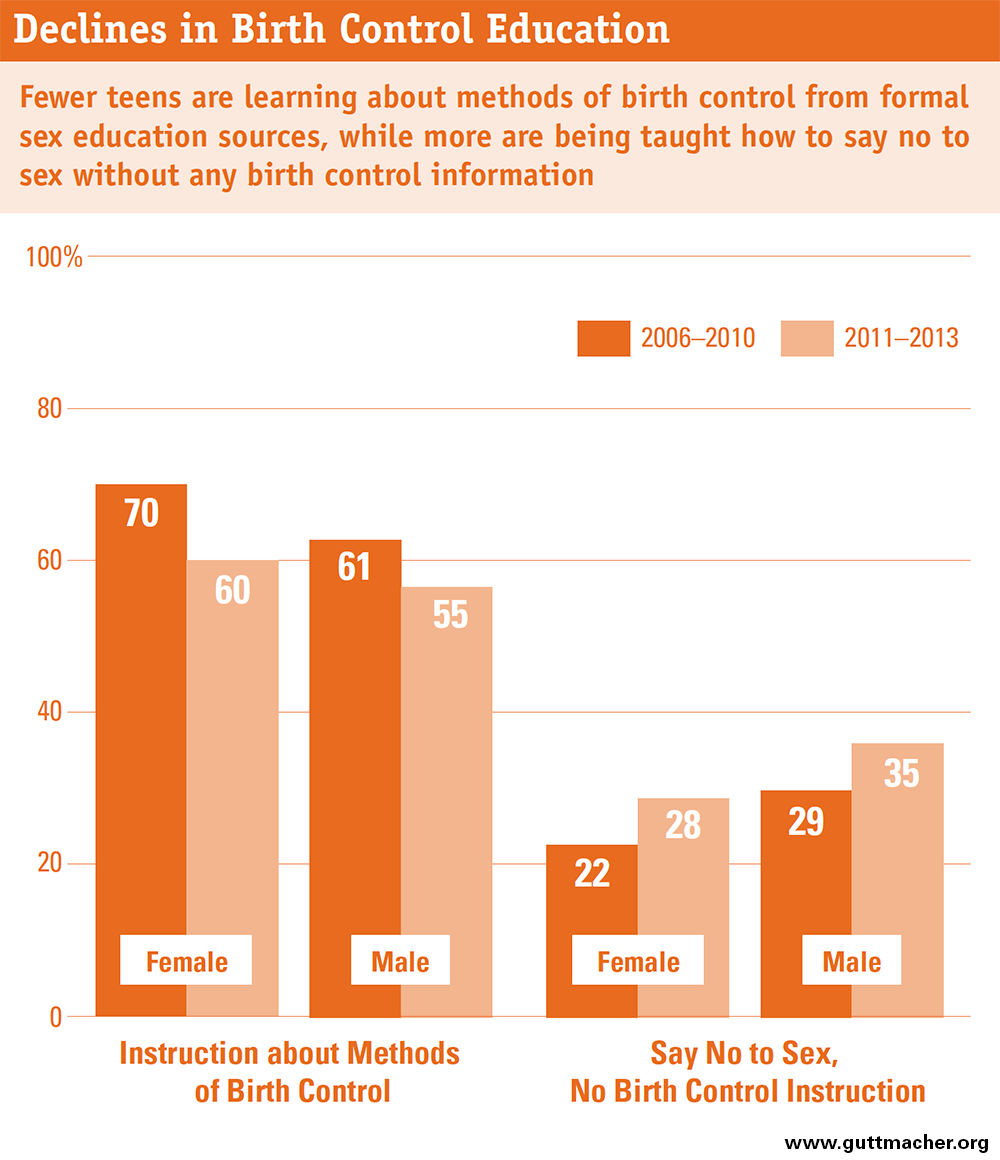

INTRODUCTION — Contraception provides control over pregnancy timing and prevention of unintended pregnancy. In selecting a contraceptive method, individuals weigh factors such as efficacy, access, prevention of sexually transmitted infections, side effects, convenience, and noncontraceptive benefits.

The combined oral contraceptive pill (COCP), often referred to as the birth control pill or colloquially as “the pill”, is a type of birth control …

Birth control, also known as contraception and fertility control, is a method or device used to prevent pregnancy. Birth control has been used since ancient times, but effective and safe methods of birth control only became available in the 20th century.
Over the past 10 years, a number of new contraceptive methods have become available. The American Academy of Pediatrics (AAP) continues to review and update its recommendations on contraceptive methods to provide pediatricians with the information they need in order to counsel and prescribe contraception for cents.


Contraceptive Guidance for Health Care Providers U.S. Medical Eligibility Criteria for Contraceptive Use (US MEC), U.S. Selected Practice Recommendations for Contraceptive Use (US SPR) and Providing Quality Family Services (QFP) can assist health care providers when they counsel women, men, and couples about contraceptive …
SIECUS, sex, sexuality, sexuality education, sex education. In early November 2007, the National Campaign to Prevent Teen and Unplanned Pregnancy released Emerging Answers 2007, a report authored by Dr. Douglas Kirby, a leading sexual health researcher, discussing what programs work in preventing teen pregnancy and …
National Data Shows Comprehensive Sex Education Better at Reducing Teen Pregnancy than Abstinence-Only Programs
cents’ REPORTS OF FORMAL SEXUAL HEALTH EDUCATION • “Formal” sexual health education is instruction that generally takes place in a structured setting, such as a college, youth center, church or other community-based location.
The progress the nation has made over the last few decades in reducing teen pregnancy has been extraordinary. After years of increases in the 1970s and 1980s, the teen pregnancy rate peaked in 1990 and has declined steadily since.1 Today, teen pregnancy, birth and abortion rates have reached historic lows.
The United States Medical Eligibility Criteria for Contraceptive Use, 2016 (US MEC) includes recommendations for using specific contraceptive methods by women and men who have certain characteristics or medical conditions. The recommendations in this report are intended to assist health care



